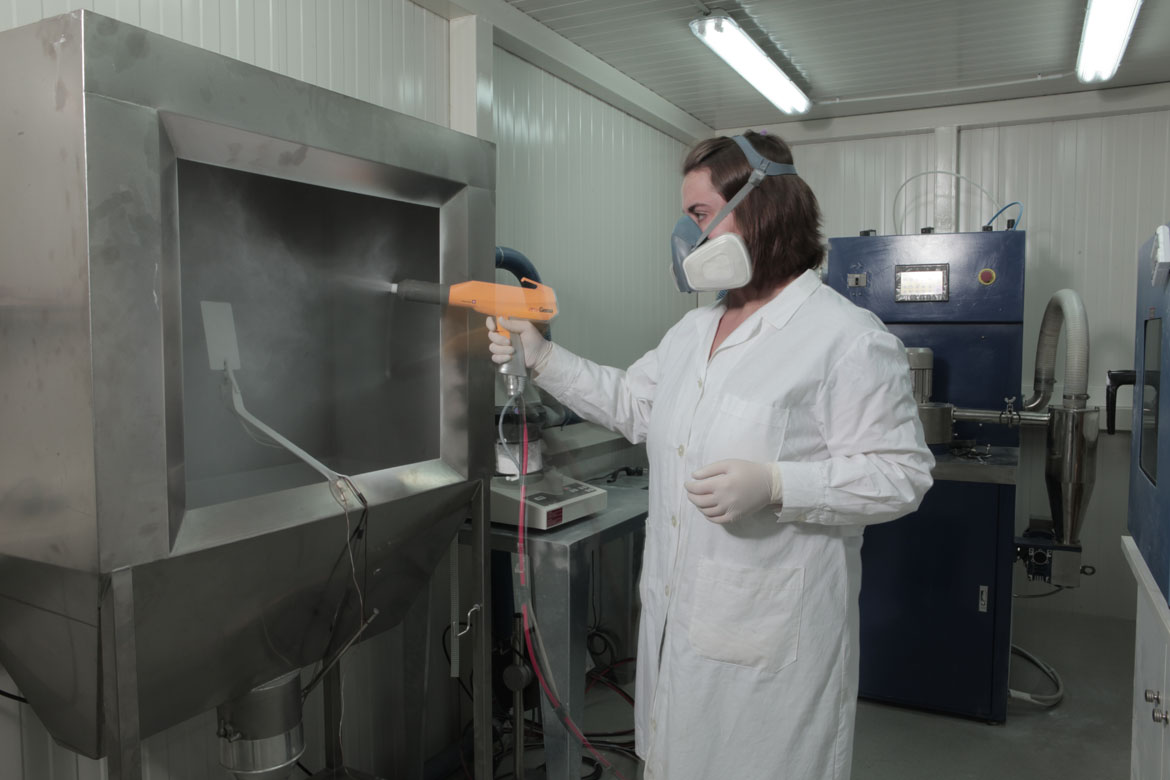
Spanish plastics organisation AIMPLAS has developed a powder gelcoat coating for composites with electrical conductivity properties obtained by incorporating carbonaceous fillers.
The new development helps to reduce the curing times from an hour to just a few minutes and eliminating secondary painting stages for the final finish with electrostatic paint, thereby achieving a reduction of the manufacturing costs and raising the production ratio.
According to the organisation, the gelcoat is designed for automotive applications, where there is a bid to reduce CO2 emissions. Lightweight composite materials could play a key role in this, but there are still some limitations related to costs and production ratio.
In order to overcome these obstacles, AIMPLAS coordinated the European project ECOGEL CRONOS to develop the powder gelcoat coating.
The conventional use of this kind of coatings has some important limitations, such as volatile organic compounds (VOC) emission and long curing times. However, by applying this coating on the mould, a reduction of curing times was achieved, from an hour to just a few minutes, as well as a reduction of VOC emissions (thus eliminating styrene emissions) during the coating’s polymerization. Furthermore, its electrical conductivity allows eliminating secondary painting stages for the final finish with electrostatic paint, thereby achieving a reduction of the manufacturing costs and raising the production ratio.
Antistatic properties
The coating is reportedly recyclable and any excess applied on the mold can be recovered by a vacuum system and reused for downstream uses.
In addition to the automotive sector, the coatings could also be used in construction, leisure and sports and aviation and wind power industries. In the construction sector, the application of this coating could give antistatic properties to products such as fuel tanks and pipes.
This story is reprinted from material from AIMPLAS, with editorial changes made by Materials Today. The views expressed in this article do not necessarily represent those of Elsevier.



